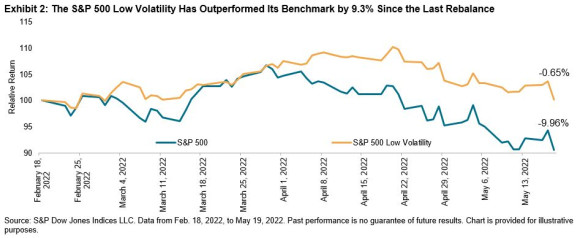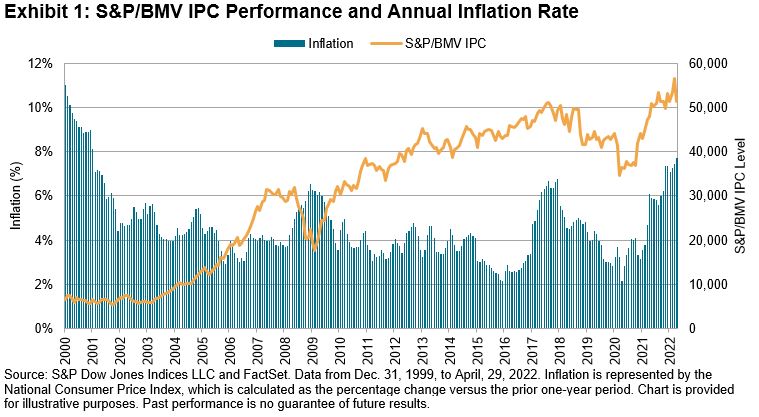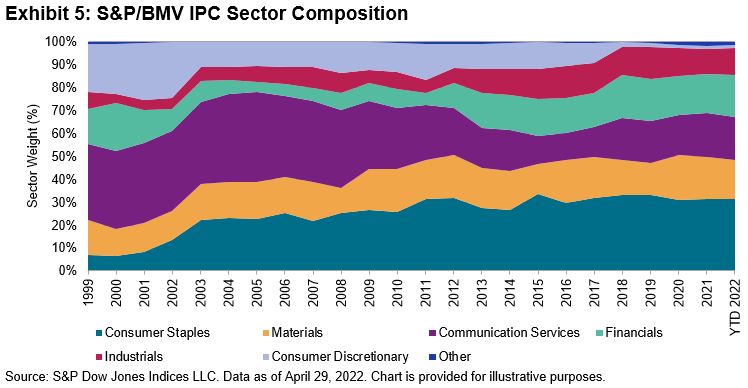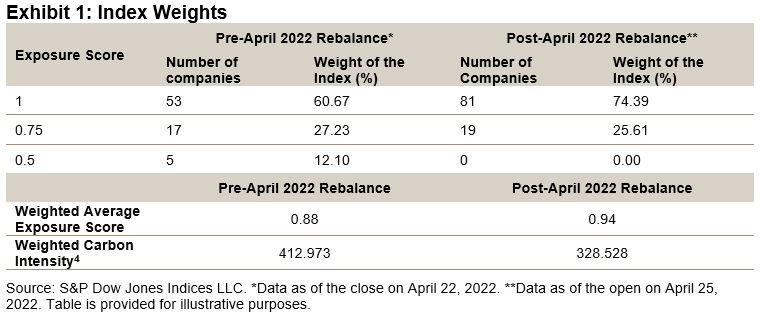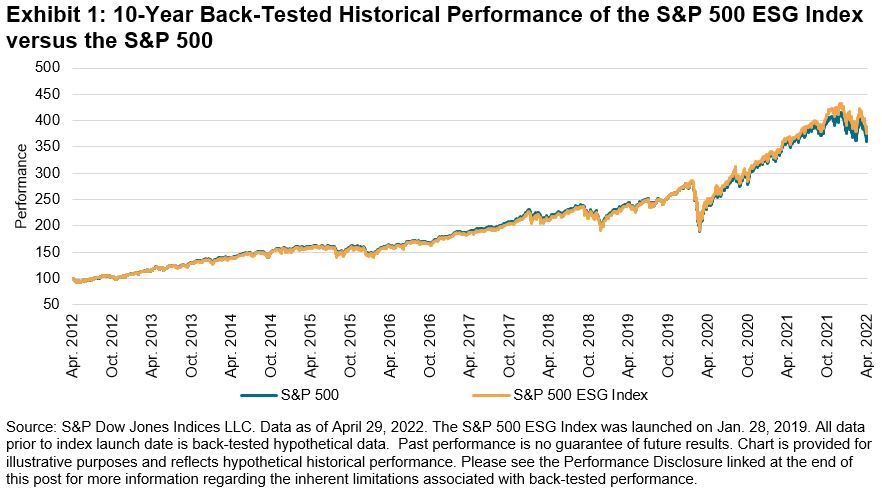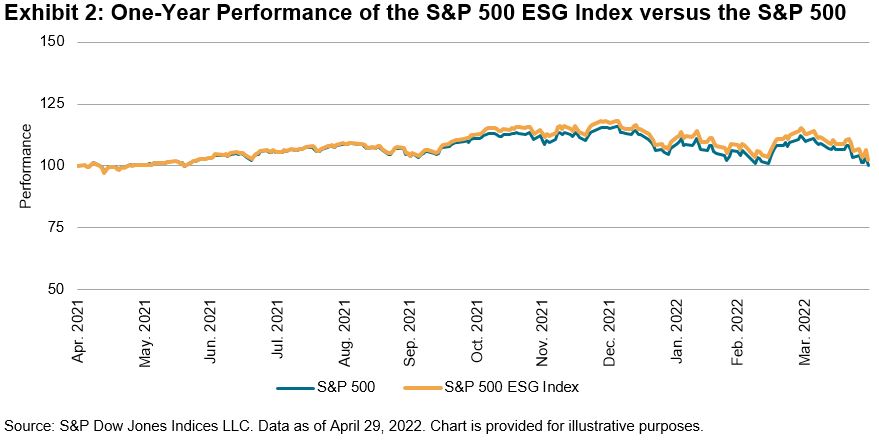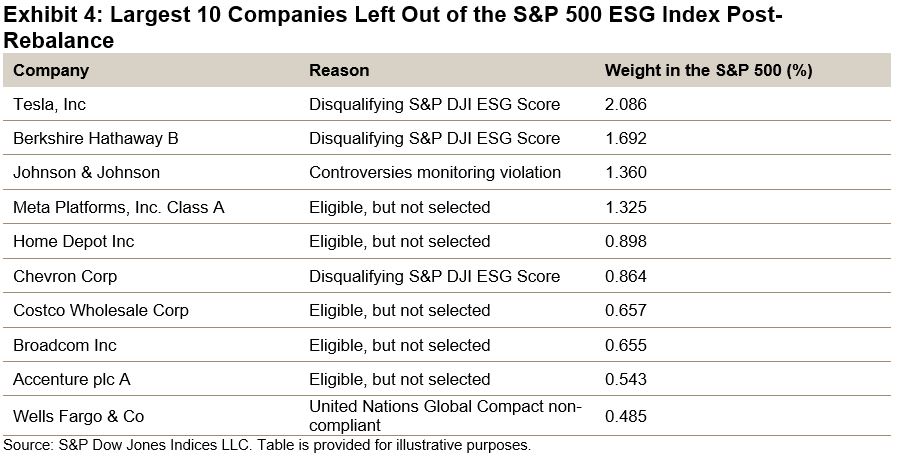As the global green bond market continues to grow, how are indices helping investors assess greenium and the potential opportunity set? S&P DJI’s Brian Luke joins VanEck’s Bill Sokol and Phil Kirouac for a closer look at how indexing works for green bonds.
The posts on this blog are opinions, not advice. Please read our Disclaimers.












































